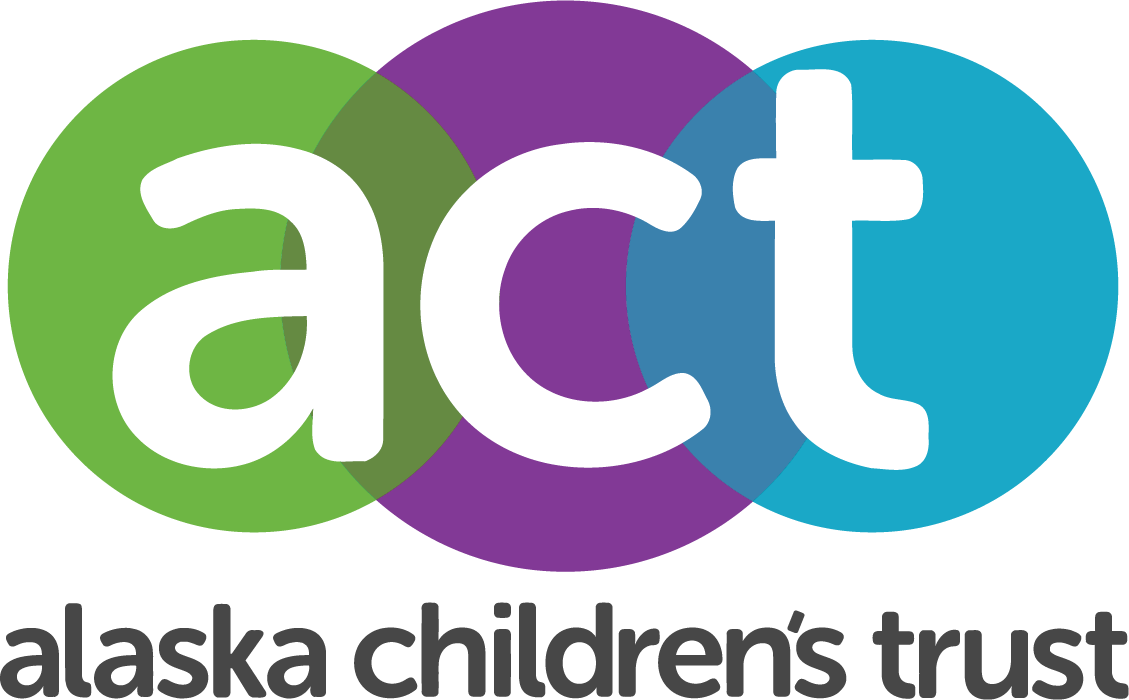Intimate Partner Violence is not just a women’s issue: it’s a children’s one
My grandmother is a survivor of domestic violence. I choose the word survivor instead of victim because she was able to leave her husband, though it was far from easy. The prevalent culture demanded she stay: so did her circumstances. Intimate partner violence in the 1970s was not recognized as the issue it is today; there was a culture surrounding it that largely ignored it as a problem and even suggested that it was the woman’s fault. Yet my grandmother made the bold decision to take my mother and flee because of the support she received from her community. Taking jobs from neighbors secretly, she was able to earn enough money to escape and connect with other Greeks on the opposite side of the U.S. so that even with her limited English she would be able to survive apart from him.
The culture around domestic violence has shifted due to the activism of the women’s movement and because of women like my grandmother who took courageous stands to break the cycle: intimate partner violence is now regarded as a crime rather than a private issue, and shelters now exist solely to provide refuge for women in these situations. However, domestic violence is not an issue of the past. Alaska, for instance, has the highest rates of domestic violence in the United States. An intimate partner survey done by the University of Alaska Anchorage found that 57.7% of women reported intimate partner violence, sexual violence, or both in their lifetimes. These numbers are higher for Alaska Native women.
But intimate partner violence is not just a women’s issue: it’s a children’s one.
Exposure to domestic abuse – even if the child is not the one being hit – is an Adverse Childhood Experience (ACE) and one which affects their development, putting children at a higher risk of mental and physical health issues even years down the line. Even if parents think they are hiding the issue, children are perceptive; though they may not see the violence, they hear it – they feel the fear and tension.
It should not be solely on the affected partner to act. Alaska has the highest homicide rate for women being killed by men; people often do not stay in adverse situations because of a desire to stay, but for fear of the consequences of leaving. Others may not have the resources to do so, whether it is money, housing, or emotional support. We need to make it safe for victims to ask for help: emotionally and legally. It starts from coming from a place of empathy rather than judgment. Take the extra step to connect with domestic violence victims as human beings and connect with their children. Stop punishing victims of intimate partner violence with further shame and isolation – make a connection emotionally and monetarily.
Supporting those affected by intimate partner violence is to support the next generation and prevent the cycle from perpetuating. Making it easier for parents to leave abusive situations with their children, or better yet removing the abusive partner from the home, is the first step in supporting; education and therapy are the next steps. If a child is connected and safe, they can heal.
My grandmother’s bravery in forging a new life for herself away from her abuser shaped the trajectory of not only her life, but my mother’s life and in turn my own. But she could not have done it alone. My grandmother, mother, and I were saved by the kindness of strangers who made it possible for her to leave.
Author Samantha Sharkoff,
Alaska Fellow at Alaska Children’s Trust 2024- 2025




